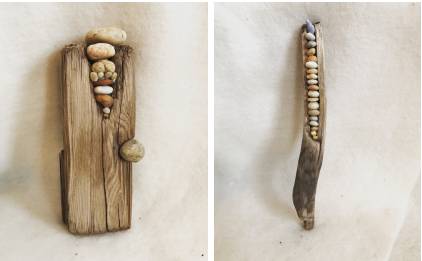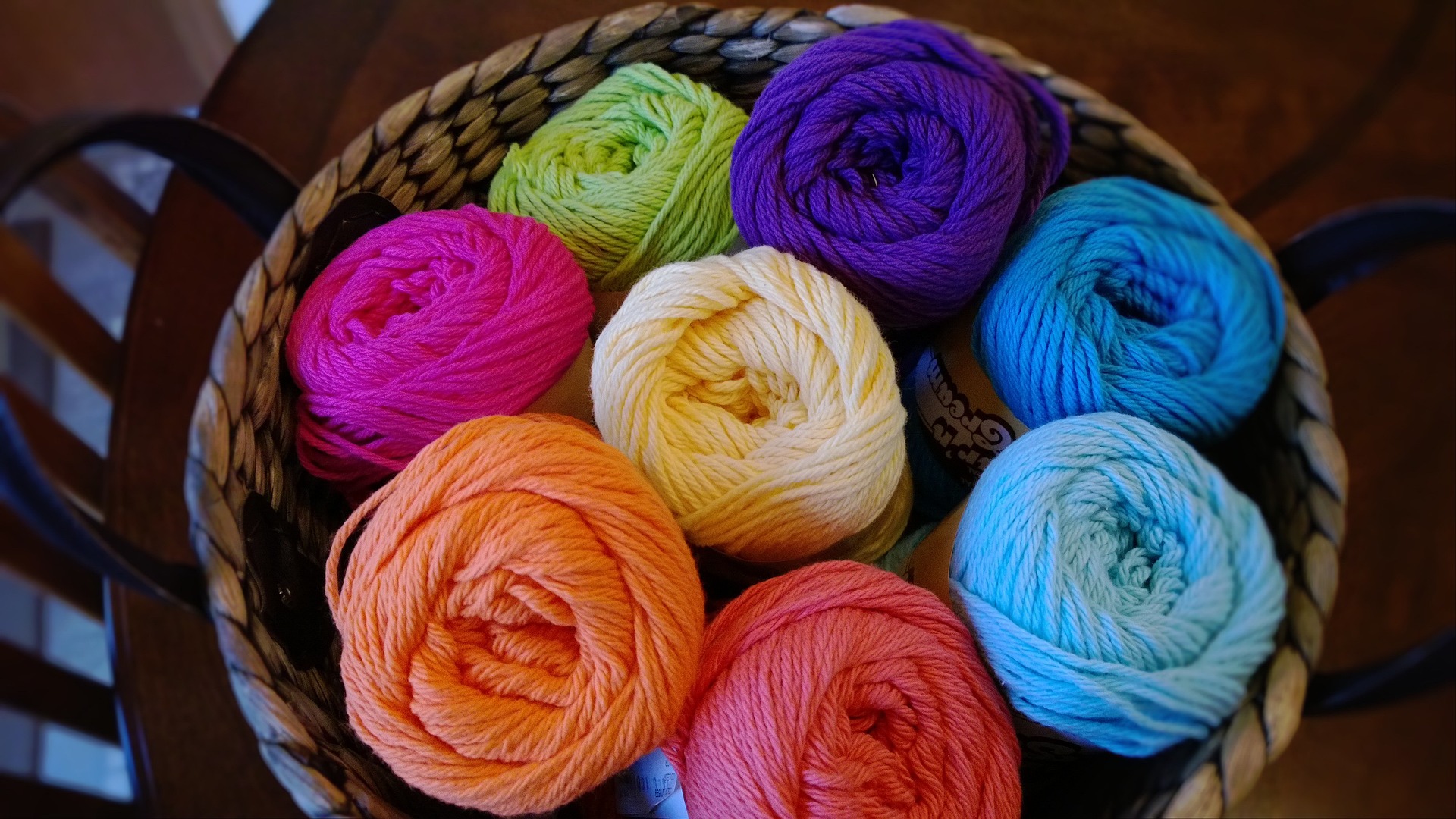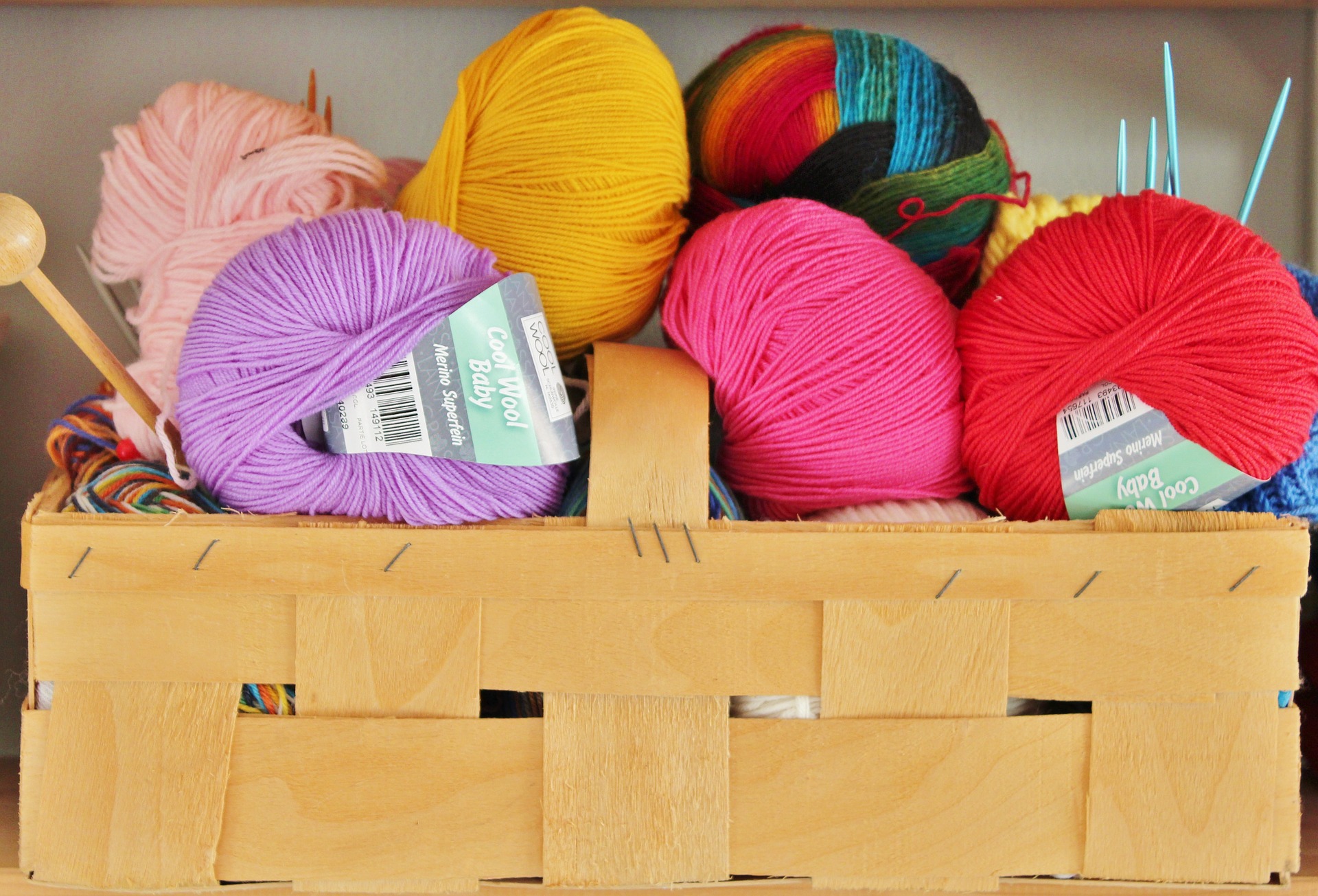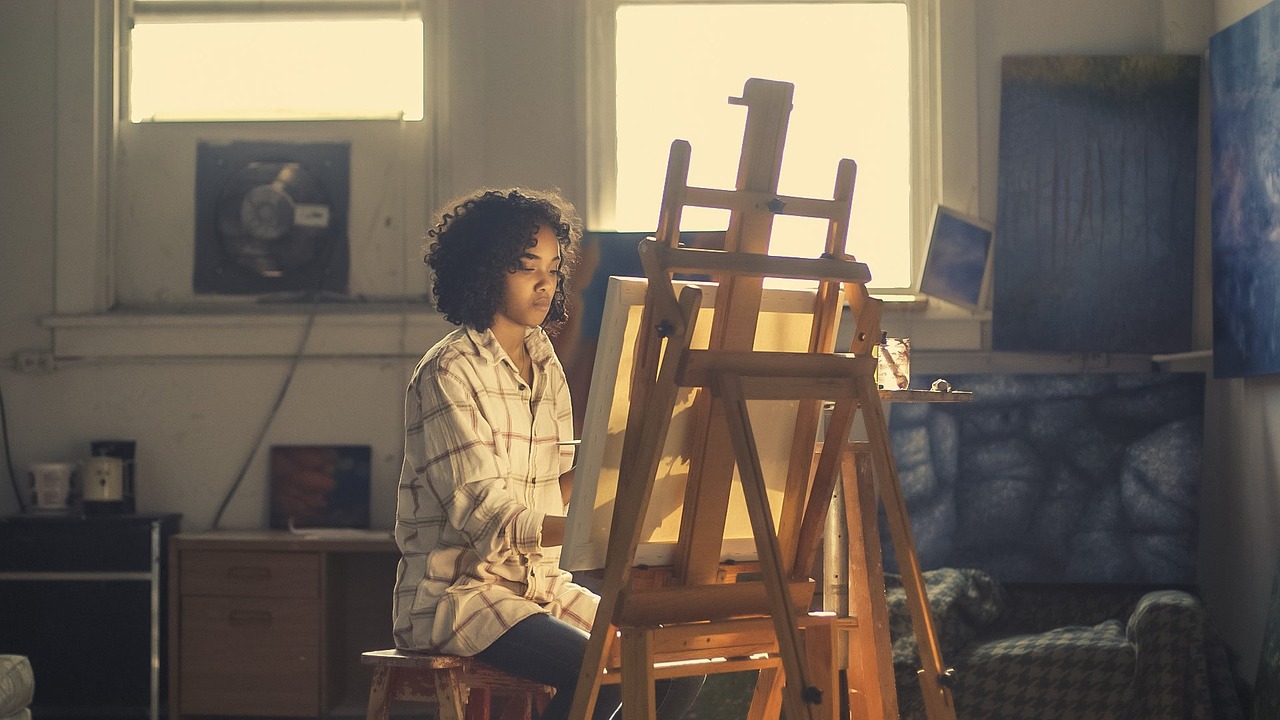
Guest article provided by: arttripping.art
bgseo domain was triggered too early. This is usually an indicator for some code in the plugin or theme running too early. Translations should be loaded at the init action or later. Please see Debugging in WordPress for more information. (This message was added in version 6.7.0.) in /home/bh/web/craftability.org/public_html/wp-includes/functions.php on line 6121wpforms-lite domain was triggered too early. This is usually an indicator for some code in the plugin or theme running too early. Translations should be loaded at the init action or later. Please see Debugging in WordPress for more information. (This message was added in version 6.7.0.) in /home/bh/web/craftability.org/public_html/wp-includes/functions.php on line 6121boldgrid-editor domain was triggered too early. This is usually an indicator for some code in the plugin or theme running too early. Translations should be loaded at the init action or later. Please see Debugging in WordPress for more information. (This message was added in version 6.7.0.) in /home/bh/web/craftability.org/public_html/wp-includes/functions.php on line 6121Category: Blog

Guest article provided by: smart-knit-crocheting.com

Getting yourself out of a creative rut can be an exhausting endeavor. Maybe you’re stuck on a design or plan for work and can’t seem to make any progress on it, or maybe you want to start a new project but are struggling to find any inspiration. Don’t force the creativity, but instead, try a few of these tips to get the juices flowing again.
Get moving
Physical exercise is actually very helpful in encouraging creativity. The brain creates new neurons in the brain’s memory center while we’re engaged in physical activity and can stimulate new thought patterns. Simply put, it helps your brain clear out the clutter and get a better perspective. Go for a run, swim, bike ride, or jog to clear your head and burn off some steam. At the very least, take a brisk walk.
Get outside
Many people don’t realize that nature can be incredibly healing—even just being around it can ease stress and increase your overall well being. Find a comfortable, scenic spot somewhere near your home or office that you can escape to when you’re in need of a break. Often the mere change of scenery can give you a new perspective. Take a moment to step outside, breathe deeply, and clear your head. Enjoy the simplicity and beauty of nature. If possible, take regular breaks like this as often as you can to get nature boosts throughout your busy week.
Look to the past
Sometimes answers for the present can be found in the past, and you never know when your project could benefit from going a little retro. Try looking at completed projects, favorite pieces of art you’ve completed, or the objects that inspired you to create those works in the first place. Was it a technique you adapted to your own needs? An idea? You can even look back at decades-old works of art, advertisements, or even architectural designs and see what ideas you may discover.
Focus on a fun challenge
It’s more than possible that what your brain really needs is a bit of a break, but you also don’t want to lose momentum. Find the happy medium by playing a quick game of cards or do puzzles like sudoku, a crossword, or a word search. Taking on a low-pressure challenge can ease your tension, but you’ll still be getting mental exercise that can help you work out the problem. You won’t lose the pace you’ve been working at, and you might not even have to play an entire match or finish the puzzle before you’ve found a new perspective.
Try something completely new
It’s been shown that students who study abroad tend to be more creative problem solvers because they get exposure to foreign cultures, customs, and practices. But the truth is, you don’t have to go abroad to reap these kinds of benefits! Throwing yourself out of your comfort zone is the quickest way to get a new perspective, so find an easy way to broaden your horizons. Even going for a walk at the local Korean market or heading to the Italian sandwich shop for lunch can stimulate new sights, smells, and sounds that could generate new ideas. If you can’t travel too far, reflect on an exotic place you’ve been to, or look up photos and videos of locations you hope to visit someday.
Hitting a creative block is frustrating, but it can be easier to overcome if you have a strategy. Figure out which of these ideas works best for you, and adapt them as you need to. Soon you’ll be able to power right past those pesky creative blocks!
Photo credit: Unsplash

Therapy and medication are common methods to addressing mental disorders. However, research has found that having a hobby can significantly boost mental health, as well. A 2009 study tracked anxiety levels among subjects with recognized eating disorders who knitted in their spare time. The study found that 74 percent of the evaluated group reported that knitting “had a calming and therapeutic effect,” and significantly reduced their anxiety symptoms linked to eating.
All in all, engaging in a beloved hobby can reduce stress, improve your mood, challenge your brain, build new skills, promote feelings of accomplishment, and provide opportunities for socializing. Hobbies that boost mental health can include playing an instrument, creative writing, singing, acting, knitting, and painting, among many others.
Here are five mental health benefits to having a hobby.
Reduces Stress
Hobbies allow you to calm yourself and relax by changing the pace of the hectic life you’ve been leading. If work has you frenetically going through a dozen thoughts per minute, making time to “switch gears” and sit down and focus on a hobby calms your brain down by throwing your body and mind into an activity or project that takes time and patience to do well. Once your hands, heart, and head are focused on how to crochet, strum the guitar, or paint a landscape, the pace of time itself changes. You find yourself focusing on enjoying the time you spend doing your hobby. This rejuvenates your spirit.
Boosts Mood
When you have a hobby you love, you find yourself riding waves of inspiration or improvisation that exercise your abilities as a creative individual. When you tap into your inner creativity and produce something of quality, you feel accomplished and productive, creating something real and tangible out of your efforts. Being able to produce something that you can show others elevates your mood. You feel you are learning and making progress with your hobby, and this always makes you feel good about yourself.
Encourages Socializing
Some hobbies allow you to socialize and combine good friendship- and bond-forming conversation while giving you an avenue to look to others for help when you find yourself “stuck” in the progress of your hobby. Being able to get advice from a hobbyist peer or teacher while engaging in conversation, encourages you to stick to the hobby through thick and thin. You begin to look forward to your hobby sessions with your fellow hobbyists and see it as a time to unwind and have fun.
Boosts Memory
A primary mental health benefit to having a hobby is simply being able to challenge your mind. Hobbies that exercise different hand-mind coordination, such as knitting or playing the piano, challenge the brain to form new neural connections that strengthen your brain and prevent age-related memory loss.
Staves Off Depression
When your hobby of choice is an activity that makes you happy, you find yourself less likely to fall into pits of depression or sadness. Often, depression or sadness finds you when you relent to thinking too much about yourself for a time. Performing a hobby, rather than overthinking, is a great way to stave off feelings of depression and sadness – both feelings of which can lead to even more dangerous issues such as addiction or suicidal thoughts.
A Takeaway
Finding and investing in a favorite hobby may be all you need to help you love yourself more and help boost your mental health. Becoming good at a hobby instills a fantastic sense of confidence in your skills and abilities and helps you feel relaxed and accomplished. Practicing a hobby delivers a bevy of mental health benefits that will make you a much happier person in the long run.
Photo via Pixabay

Committing yourself to your craft is a wonderful and brave thing, which may eventually allow you to make money doing what you love. However, it is a famously unreliable career choice, and the stereotype of the “struggling artist” exists for a reason.
What most crafters need is a reliable source of income that can support them until they start making money from their art, but there are a few problems with this. A full-time job does not leave enough time to create, while traditional part-time work like waiting tables and bartending usually offer little flexibility in terms of shifts.
Luckily, with the emergence of the gig economy, there is a huge range of profitable and flexible side gigs you can take up for money without sacrificing your creative time. Here is how to set your side gig up and support yourself toward your dream career.
Maximise Your Art Revenues
Before you go looking for a side gig, it is worth thinking about how you are monetizing your creative skills. There are plenty of ways that artists can make some extra money outside of the traditional commission system, so take some time to look into the following options.
Find Your Other Skills
Once you have explored all the ways your craft could bring in more money, it’s time to focus on your other skills. Before you throw your hands up in the air exclaiming “I don’t have any,” you may need to think outside the box.
Have you ever had a pet? Dog-walkers often make a livable wage working just a handful of days during the week. Though the rates will, of course, vary depending upon location, there is money to be made by making new dog friends. Dog sitting and dog boarding can also be profitable gigs, as well as similar work with other pets.
If you were particularly good at a subject in school, you can pick up tutoring, and you will be able to charge more if you have a degree. If you are a decent cyclist, you can get into cycle courier and delivery work. If you have a spare room, you can put it up for rent on Airbnb.
Setting Yourself Up
Whatever you choose to turn into a side gig, take some time to set yourself up properly. The time and effort you invest at this stage are essential for attracting clients and helping your side gig run smoothly. This will reduce the amount of time you have to spend on it on a regular basis, freeing your schedule up for crafting. This process includes:
It is now easier than ever to work a side gig, which is great news for crafters who need an income boost. With just a little bit of effort and time investment, you can set up a brand new source of revenue that supports your artistic goals while giving you enough time to create your best work.
Photo via Pixabay